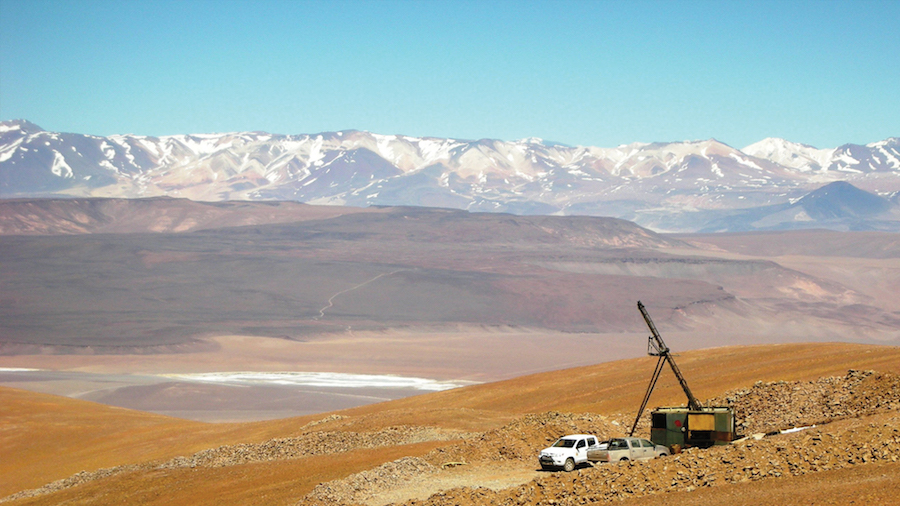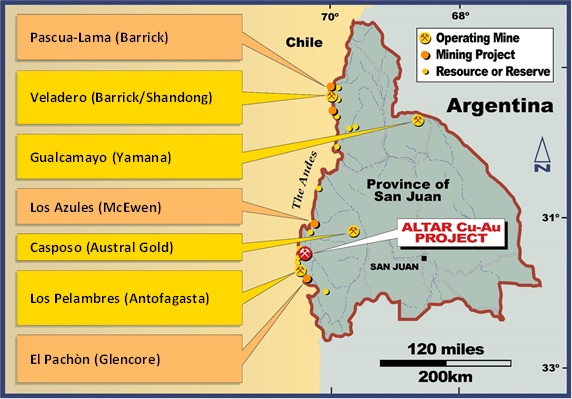
South Africa’s Sibanye-Stillwater (JSE:SGL) (NYSE:SBGL) said Friday it had concluded a proposed deal with Canada’s Regulus Resources (TSX-V: REG), and its newly formed subsidiary Aldebaran Resources, to jointly unlock value at the Altar copper-gold project, in Argentina.
The precious metal miner said it benefitted from the transaction by obtaining upfront proceeds of $15 million while retaining a direct interest in the Altar project of either 40% or 20% (should Aldebaran exercise its additional earn in option), as well as an indirect exposure through its 19.9% shareholding in Regulus’ newly formed subsidiary Aldebaran, based in Vancouver, BC.
The Altar project, located in the San Juan province, is about 10km from the border with Chile, the world’s No. 1 copper producer. As of December, it contained 2,057 million tonnes of measured and indicated resources at 0.3% copper and 0.1 g/t gold (14.5 billion pounds of copper and 5.2 million ounces of gold) and 557 million tonnes of inferred resources at 0.3% copper and 0.1 g/t gold (3.4 billion pounds of copper and 1.1 million ounces of gold).

Altar Project location. (Image courtesy of Regulus Resources.)
Copper deposits are among the hottest assets in mining right now, with the world’s top producers becoming increasingly bullish on the metal. There are expectations that bigger power grids around the world and an electric-vehicle boom will boost demand, while supplies are constrained.
Aldebaran also owns now a former Regulus’ mine, the Rio Grande copper-gold project, and other early-stage mining assets in Argentina, Sibanye said.
Rio Grande, in the north western Salta province, is located along the NW-trending Archibarca Lineament, which also controls the location of the BHP’s Escondida copper mine in Chile, the world’s largest.